
What Is Hyperspectral Imaging?
8 Apr 2025
Hyperspectral imaging (HSI) is an advanced imaging technique that captures and processes information from across the electromagnetic spectrum. Unlike traditional imaging systems that capture images in three broad color bands (red, green, and blue), hyperspectral imaging collects data from hundreds of narrow spectral bands. This technology allows for precise identification and analysis of materials based on their spectral signatures, making it an invaluable tool across various industries.
Understanding Hyperspectral Imaging
Hyperspectral imaging works by acquiring a 3D dataset known as a hypercube, where two dimensions represent the spatial information (like a standard image) and the third dimension contains spectral data. Each pixel in a hyperspectral image contains a detailed spectrum, enabling users to detect and identify materials with a high degree of accuracy.
This capability to “see beyond the visible” is what sets hyperspectral imaging apart. It enables users to analyze objects based not only on shape and color but also on chemical composition and other physical properties.
How Hyperspectral Imaging Works
At the core of any hyperspectral imaging system is the hyperspectral camera. These specialized cameras are equipped with sensors capable of detecting narrow bands of light across a wide spectral range—commonly from the visible (400–700 nm), near-infrared (700–1000 nm), and short-wave infrared (1000–2500 nm) regions.
The imaging process involves:
- Illuminating the target using a suitable light source.
- Capturing reflected light from the target using a hyperspectral camera.
- Breaking down the light into its constituent spectral components.
- Analyzing the spectral signatures to identify and quantify materials or detect anomalies.
Applications of Hyperspectral Imaging
Hyperspectral imaging has a wide range of real-world applications across multiple sectors. Some of the most impactful include:
1. Agriculture and Precision Farming
Farmers and agronomists use hyperspectral imaging to monitor crop health, detect diseases, assess water stress, and optimize fertilization. By analyzing reflectance data, hyperspectral cameras can identify issues that are invisible to the naked eye, improving yield and reducing environmental impact.
2. Environmental Monitoring
HSI helps researchers track pollution, analyze soil and water quality, and monitor changes in vegetation. It plays a key role in climate science, forestry, and conservation efforts.
3. Food and Beverage Industry
In food quality control, hyperspectral imaging is used to detect contaminants, bruising, ripeness, and internal defects in fruits, vegetables, meats, and grains. It enables non-destructive testing, which is crucial for high-throughput operations.

An image showing how Pistachio sorting can be optimized by hyperspectral imaging camera technology
4. Medical and Pharmaceutical Fields
In medical diagnostics, hyperspectral imaging supports early detection of diseases such as cancer and diabetic retinopathy. In pharmaceuticals, it ensures proper formulation and coating of tablets through spectral analysis.
5. Defense and Security
Hyperspectral imaging is used in surveillance, target detection, camouflage analysis, and terrain classification. Hyperspectral cameras mounted on drones or satellites can provide critical intelligence data in military operations.
6. Mineralogy and Geology
Mining companies use hyperspectral imaging to detect mineral compositions from core samples or even from airborne surveys, reducing the time and cost associated with traditional methods.
7. Recycling and Waste Management
Hyperspectral imaging is revolutionizing how we sort and manage waste. By detecting material-specific spectral signatures, hyperspectral cameras can accurately identify and classify plastics, metals, paper, and other recyclables—even when they appear visually similar. This leads to improved recycling rates, reduced contamination, and more efficient processing in automated waste sorting facilities.
Hyperspectral Cameras: The Backbone of HSI Systems
A hyperspectral camera is a specialized sensor that captures spectral information from hundreds of contiguous bands. These cameras are typically categorized based on how they acquire data:
- Pushbroom (line scan) cameras capture spectral data line-by-line and are ideal for conveyor belts or airborne surveys.
- Snapshot cameras capture the full spectral and spatial data in one go, suitable for fast-moving scenes.
- Whiskbroom (point scan) cameras scan point by point, offering high spectral resolution but slower capture speeds.
The below video shows identification and analysis of waste electric and electronic equipment (WEEE) in sorting process by an LLA Instruments Hyperspectral camera.
Benefits of Hyperspectral Imaging
- Non-invasive and non-destructive testing
- High material specificity and accuracy
- Early detection of issues (diseases, contamination, defects)
- Reduction in waste and operational costs
- Real-time analysis capabilities
Challenges and Considerations
While powerful, hyperspectral imaging does come with challenges:
- High data volume: HSI produces large datasets that require significant storage and processing power.
- Complex analysis: Interpreting hyperspectral data often requires advanced algorithms and expertise in spectral analysis.
- Cost: Hyperspectral cameras and systems can be expensive compared to conventional imaging solutions, though costs are decreasing as the technology matures.
Future Trends in Hyperspectral Imaging
Advancements in machine learning and AI are making hyperspectral data analysis more accessible and automated. Meanwhile, miniaturization is bringing hyperspectral cameras to mobile platforms, including smartphones and small drones. These developments are expected to drive broader adoption across industries, from smart agriculture to personalized medicine.
Conclusion
Hyperspectral imaging is transforming the way we observe and analyze the world. By leveraging the power of hyperspectral cameras to detect subtle differences in material properties, this technology delivers unparalleled insight across agriculture, healthcare, defense, and more.
As hyperspectral imaging becomes more affordable and integrated with AI, it’s poised to play a central role in the future of intelligent sensing and decision-making.




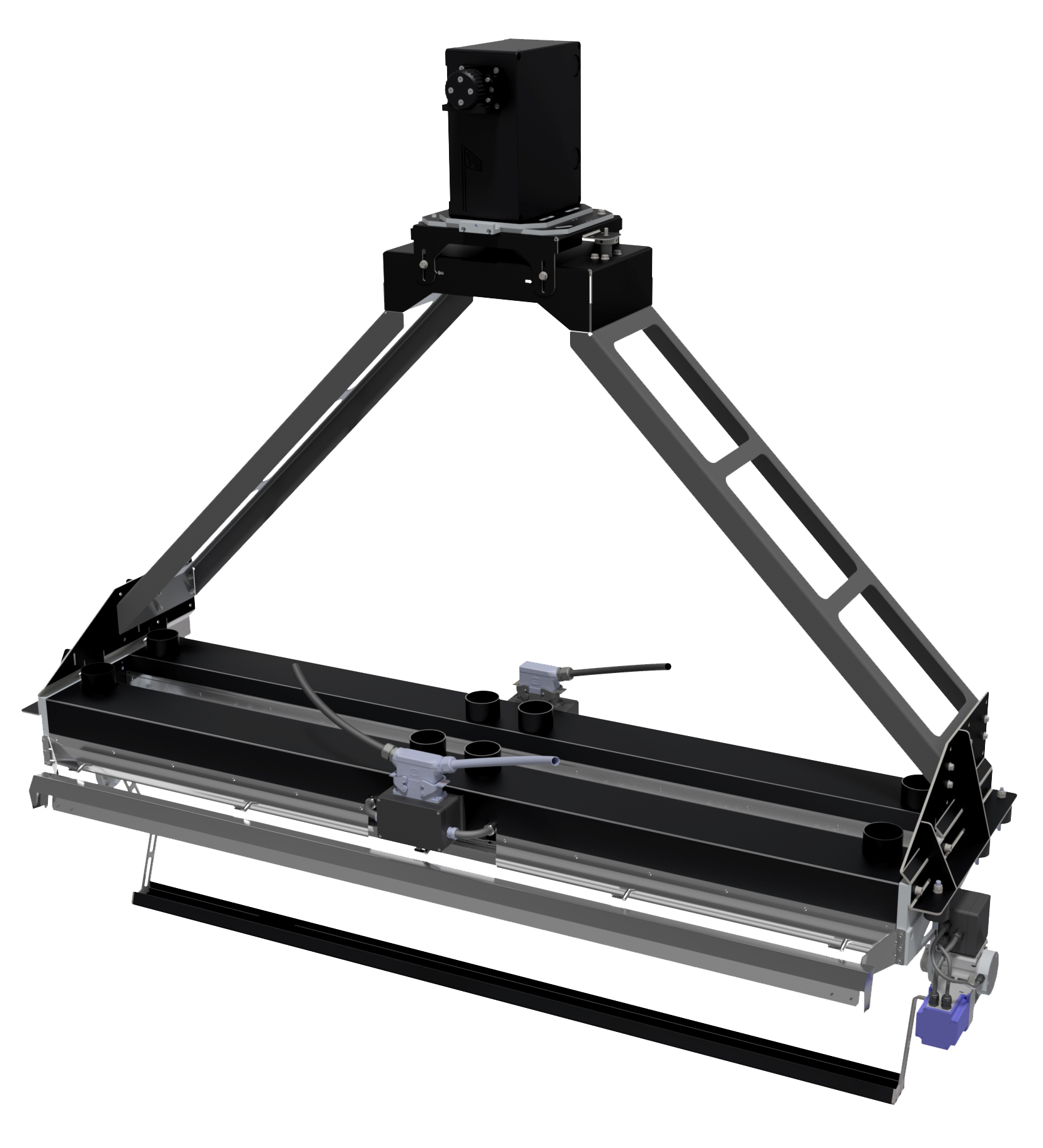
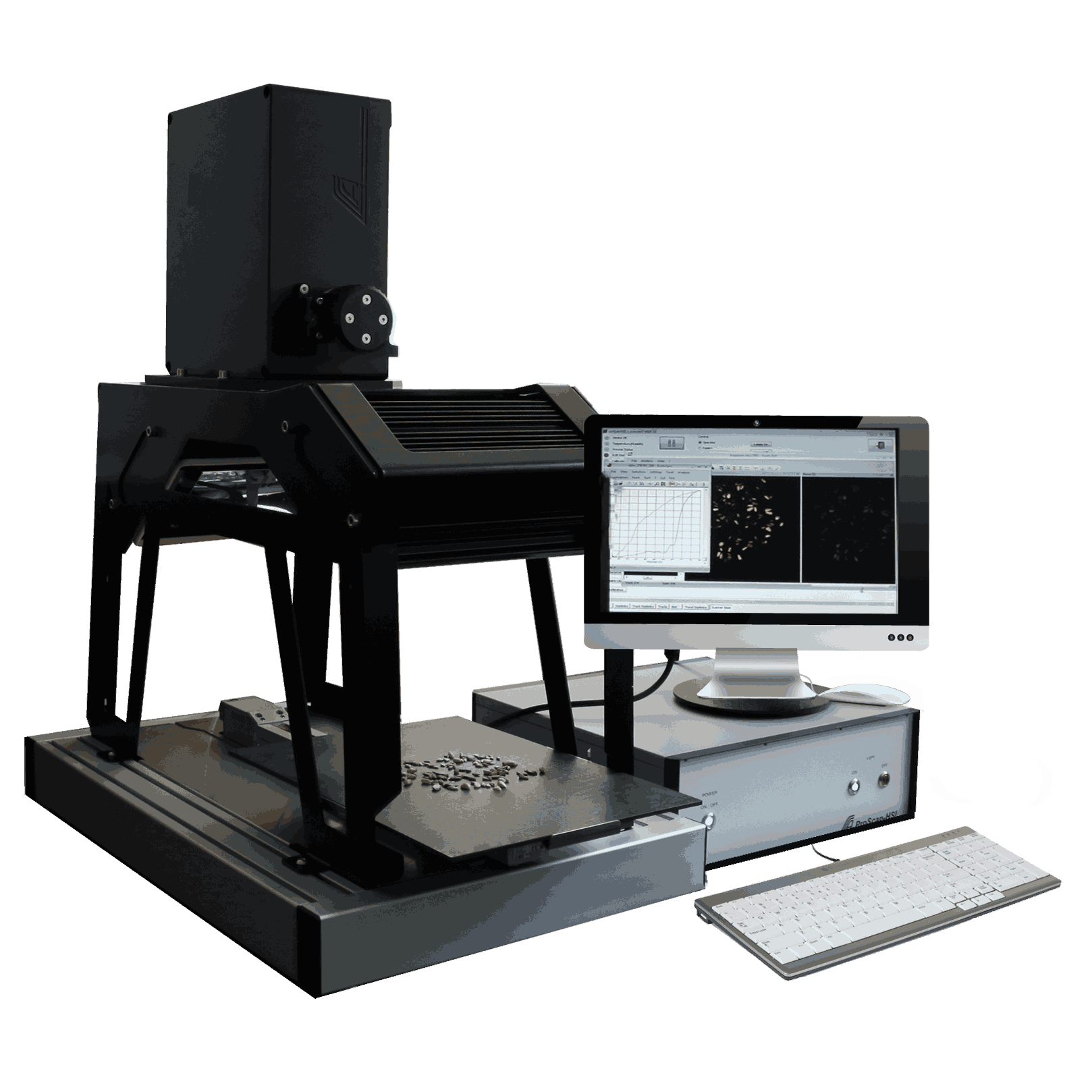
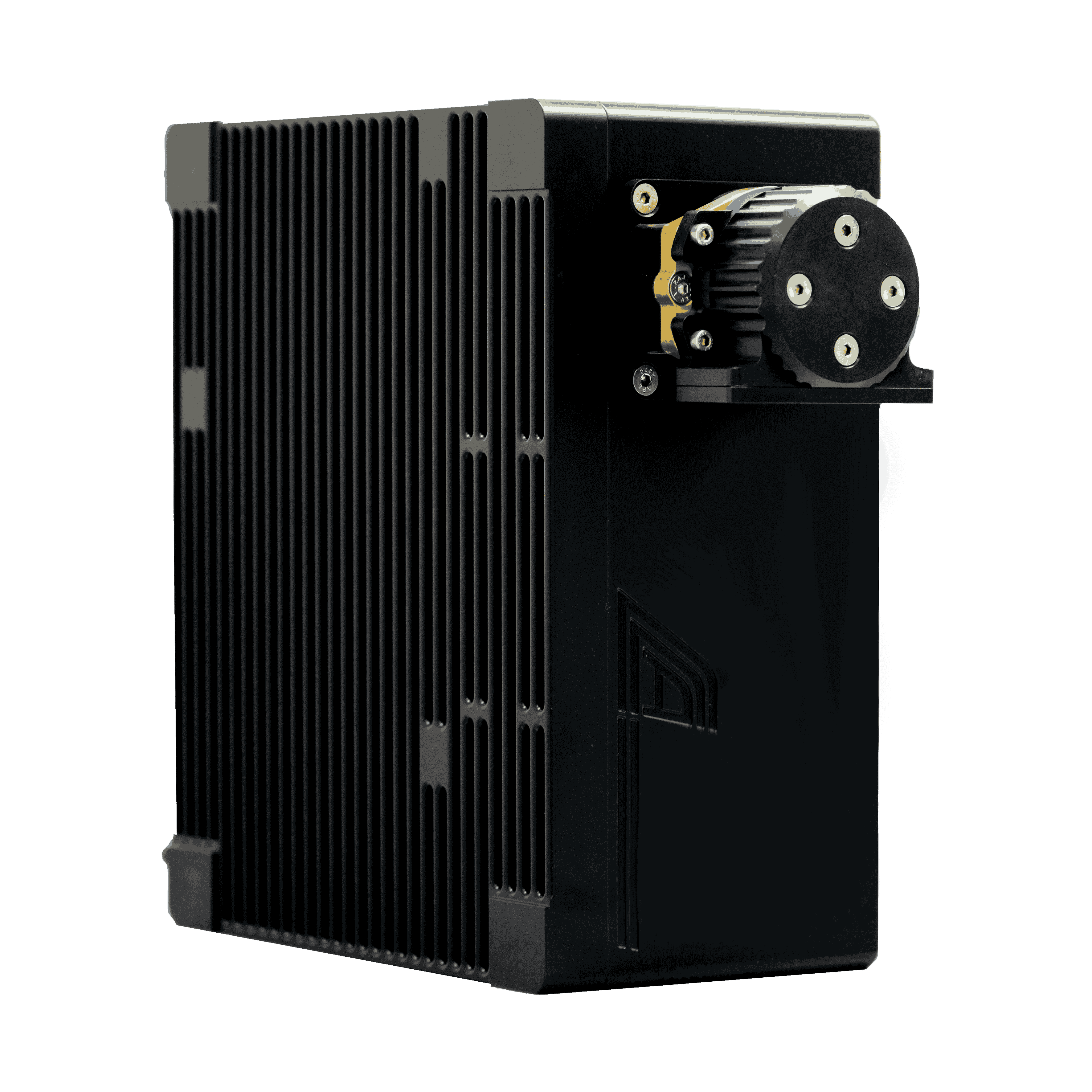
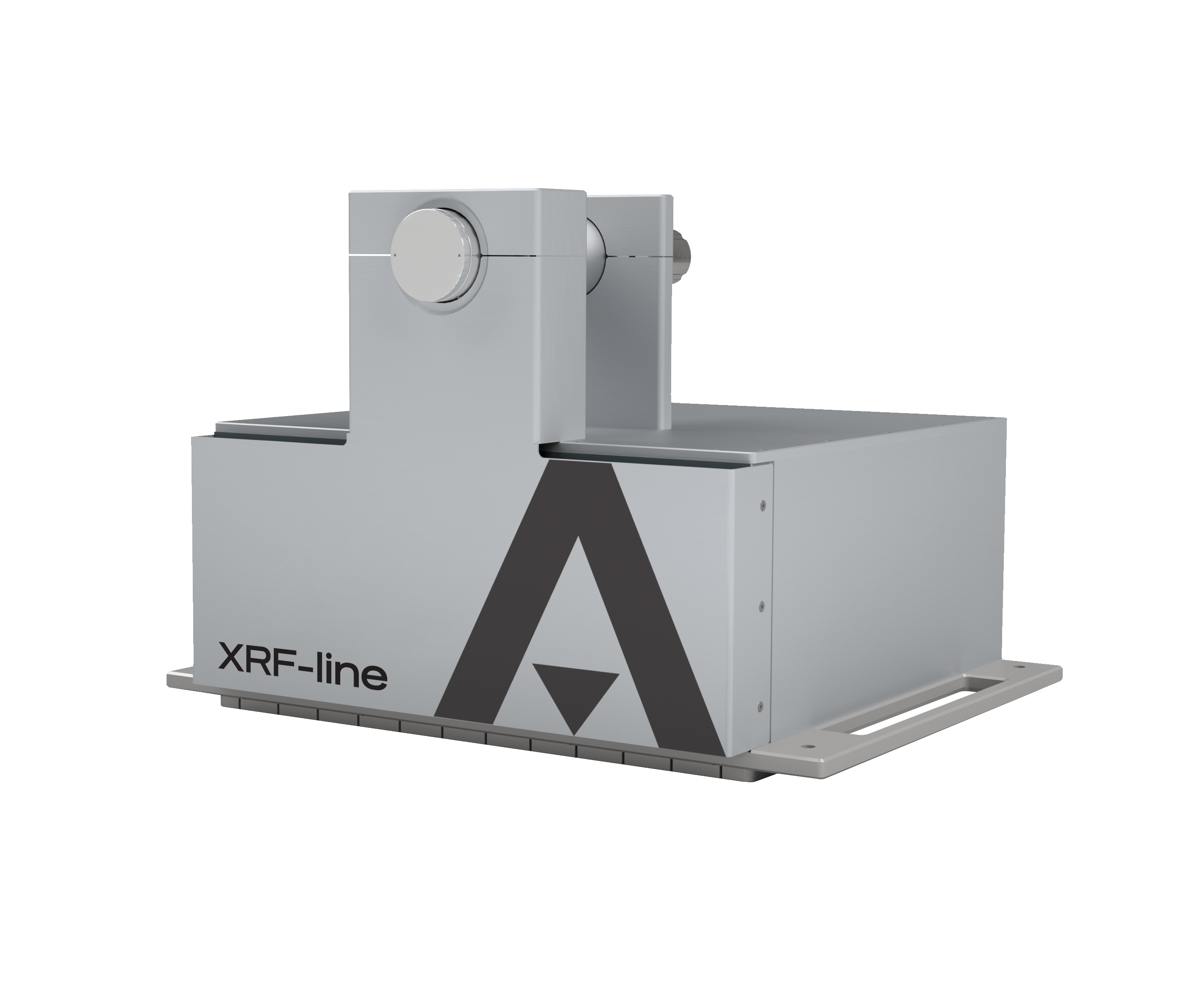
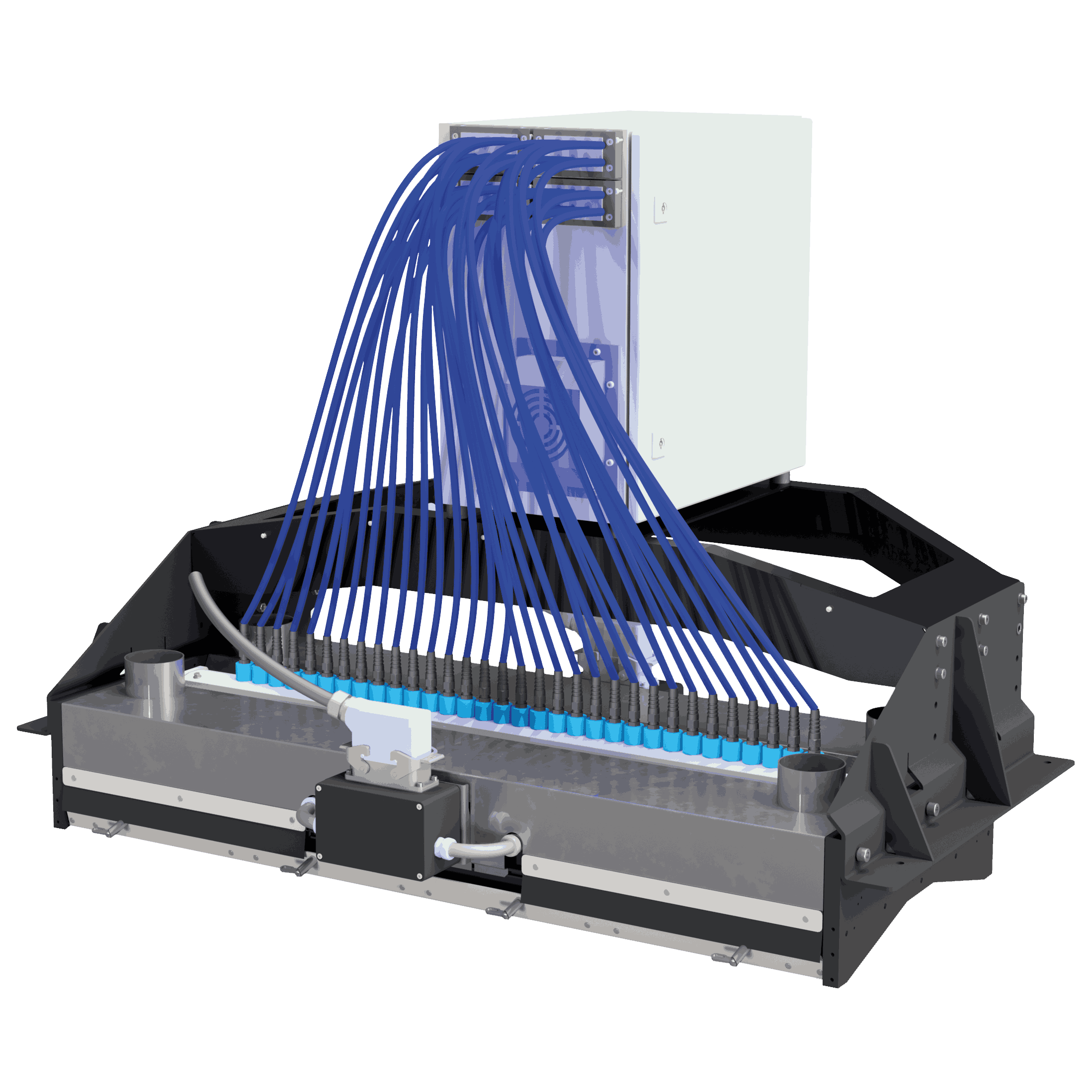




























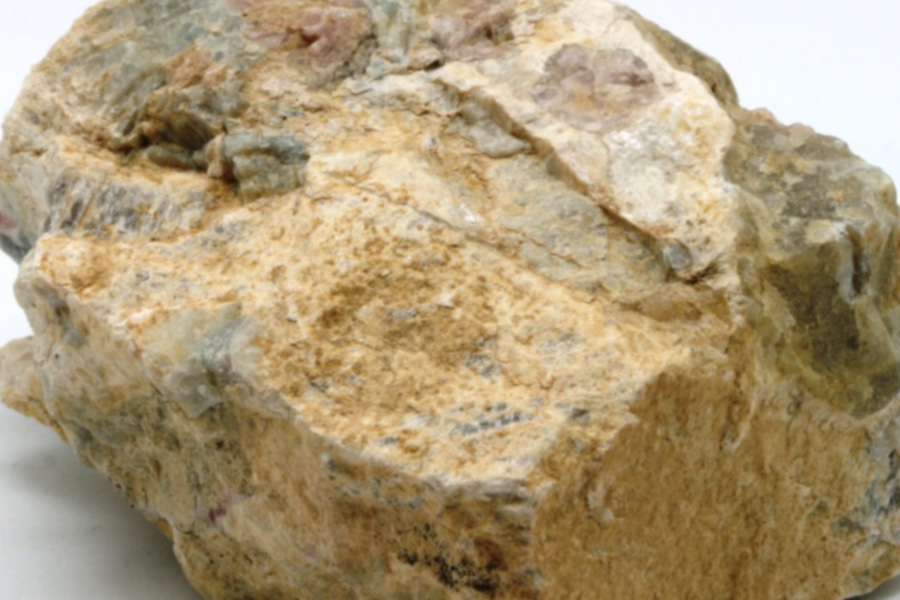





 Previous Post
Previous Post
